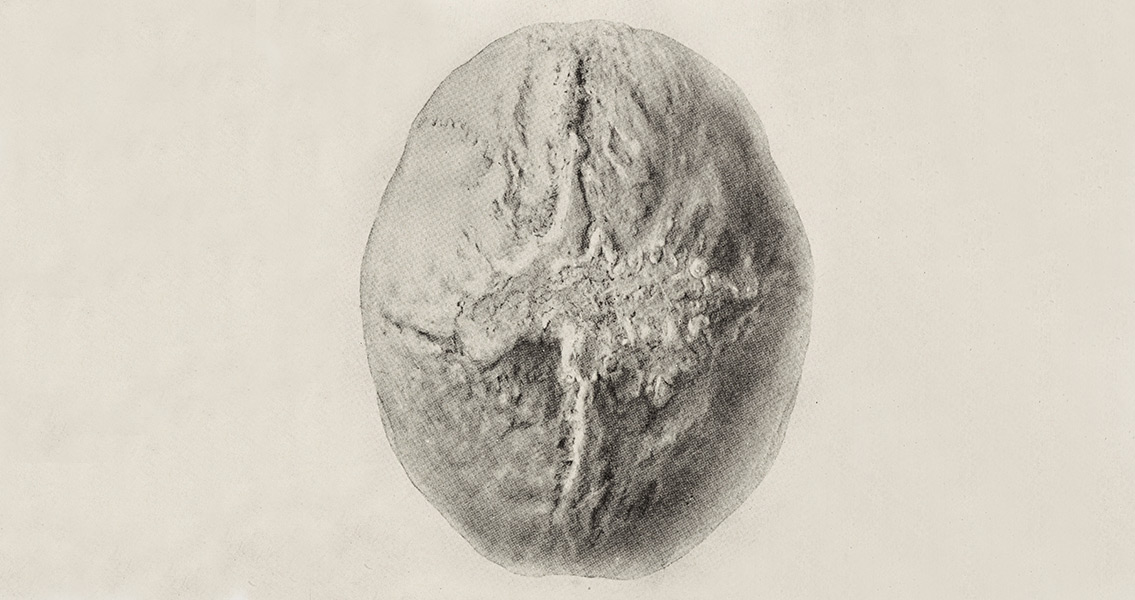<![CDATA[Facial variation among pre-Columbian South Americans could rewrite the history of migration. Conventional understandings of South American migration patterns have rested on the idea that there was very little skeletal variation in pre-Columbian South America. There is a general understanding that groups of humans from Asia crossed over the Beringia land bridge which used to join the Asian and North American continents. These groups then progressively migrated southwards, eventually settling in South America. Now, a team of anthropology researchers has found evidence which challenges the accepted consensus. By studying skeletal variation and differences in facial features between all seven pre-Columbian peoples from the region that is now Peru, the team has disproved the assumption that these groups were homogeneous. "Our work shows that there was actually significant variation," said Ann Ross, forensic anthropologist at North Carolina State University and co-author of the study. The team also included Kristen Chew also from NCSU, Jessica H. Stone from the University of Oregon and John W. Verano from Tulane University. The team's recently-published study challenges a large number of accepted hypotheses surrounding the anthropology of South America. Previous research on pre-Columbian people was based on an analysis of a single sample of 110 individuals, which was used to make conclusions on skull variation among all South American peoples. While the sample was very thorough, it only examined skulls from the Yauyos people - a civilisation from the central Peruvian highlands. This sample was not, therefore, representative of all South American peoples. "Our work shows that the Yauyos had facial features that were very different even from other peoples in the same region," Ross said. "This raises questions about any hypothesis that rests in part on the use of the Yauyos sample and being representative of all South America." Ross and the other researchers examined facial measurements of 507 skulls from seven different groups: the Yauyos, Ancon, Cajamarca, Jahuay, Makatampu, Malabrigo and Pacatnamu peoples. Each of these societies, which existed at various times between 1 and 1470 CE, has been clearly defined as different from one another through the use of archaeological evidence. Each of these groups, it was found, had distinct facial characteristics. In addition, the researchers also plotted the sites where the remains were found on a map. From this information, it was clear that geographical distance was a factor in facial differences. In short, the greater the distance between two groups, the less they resembled each other. "Our publications so far have focused on variation in specific regions," Ross said. "Next we want to compare variation across Latin America, to see if we can identify patterns that suggest biological relationships, which could be indicative of migration patterns." Skeletal variation is currently a fruitful area of research in New World bioarchaeology. It is an exciting area of study as it allows us to gain an understanding of a period of history of which little is known. Examining the differences between skeletal remains can help us to understand the origins of pre-Columbian groups and their migratory patterns. For more information: www.ingentaconnect.com Image courtesy of Wikimedia commons user: OgreBot]]>
Study Challenges Our Understanding of American Migration
